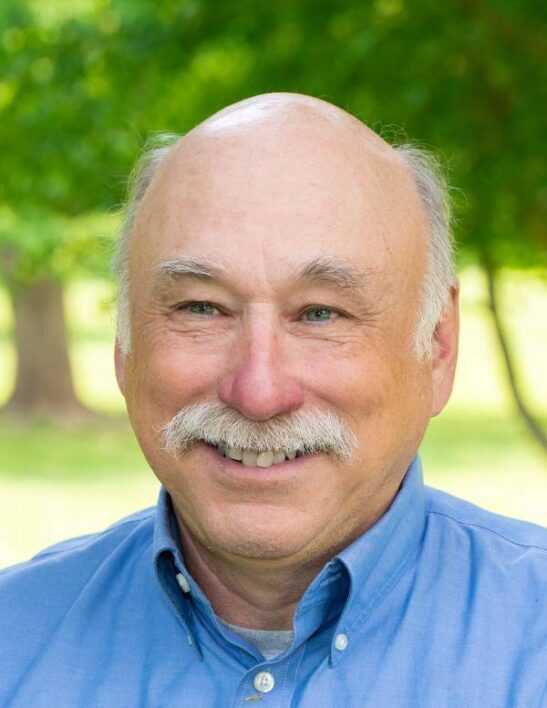I recently participated in a conversation with North American regulation experts organized by University of Calgary professor and former California Energy Commissioner Michal Moore. The topic was the “social license” in energy regulation. What is the social license? It is not something an agency grants. Rather, an agency or utility earns its social license.
While discussants expressed a range of views, my sense is that the public wants to have confidence that private sector decisions and public sector oversight combine to create an energy sector that treats the public interest—our environment and our wallets—with care and respect, while extracting, transporting, transforming, and delivering energy. If the public is generally comfortable with all this, then it effectively grants private and public institutions within the energy sector social license to do what needs to be done. That is my takeaway, anyway.
Most of the participants approached the conversation from the point of view of extraction or long–distance, large-scale transport of energy. Extracting natural gas and liquids from fracked wells across North America has changed the energy market in a flash—when measured in regulatory time. Generally, these practices have been in use for some time, and are—with some exceptions—implemented safely. Close followers know, however, that such deep concerns about fracking persist in New York, that industry effectively lacks a social license to pursue extraction there.
I found myself thinking, however, about a very different activity happening in New York—the Reforming the Energy Vision (NY REV) process. New York state government, including the public service commission, the executive branch, and the New York State Energy Research and Development Authority (NYSERDA) united to create NY REV. Their aims are ambitious:
- Fully take advantage of customer-sited resources to meet the needs of an increasingly efficient and interactive system, while avoiding significant and more expensive grid-scale investment;
- Motivate regulated companies to invest in efficiency and innovation with enterprise-wide performance metrics keyed to public interest outcomes;
- Stimulate the development of supporting businesses critical to success;
- Protect and enhance the position of vulnerable customers; and
- Further the state’s climate goals.
Disclosure: RAP is advising the state in this process.
In a field where many view business-as-usual as the “safe path,” the state’s willingness to depart from this speaks to a high level of ambition, conviction, and risk. Will these reforms succeed? The state has well-reasoned arguments for the benefits that will accrue from the NY REV process, but proof only emerges after a decision to implement.
In many places, state agencies don’t even have this choice because the public does not trust its institutions to treat the public interest with care and respect. This lack of trust may persist from past utility misbehavior or incompetence, or failed government oversight. Memories are long and it is hard to start over lacking public confidence that the structural problems that caused previous failures have been fixed. In these instances, public institutions have lost their social license.
So far in New York, dissatisfaction and alarm with the trajectory offered by business-as-usual and a belief that more strategic oversight can produce better utility performance and better customer outcomes has allowed the state the latitude it needs to test NY REV. Officials in other states are watching carefully.
While waiting for the details of redefined utility roles, performance based regulation, and more to emerge, observers may also carefully consider the following:
- How useful reforms can get the room they need to innovate and to grow;
- How past challenges to trust can be settled enough to move on; and,
- How a social license to pursue meaningful power sector reform can be obtained that would enable institutions to propose, execute, and deliver meaningful reform.

